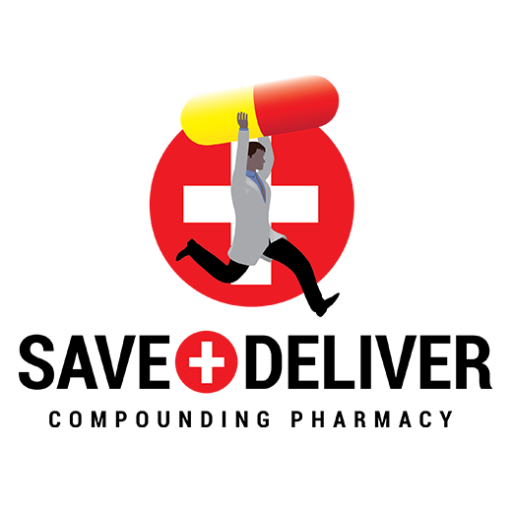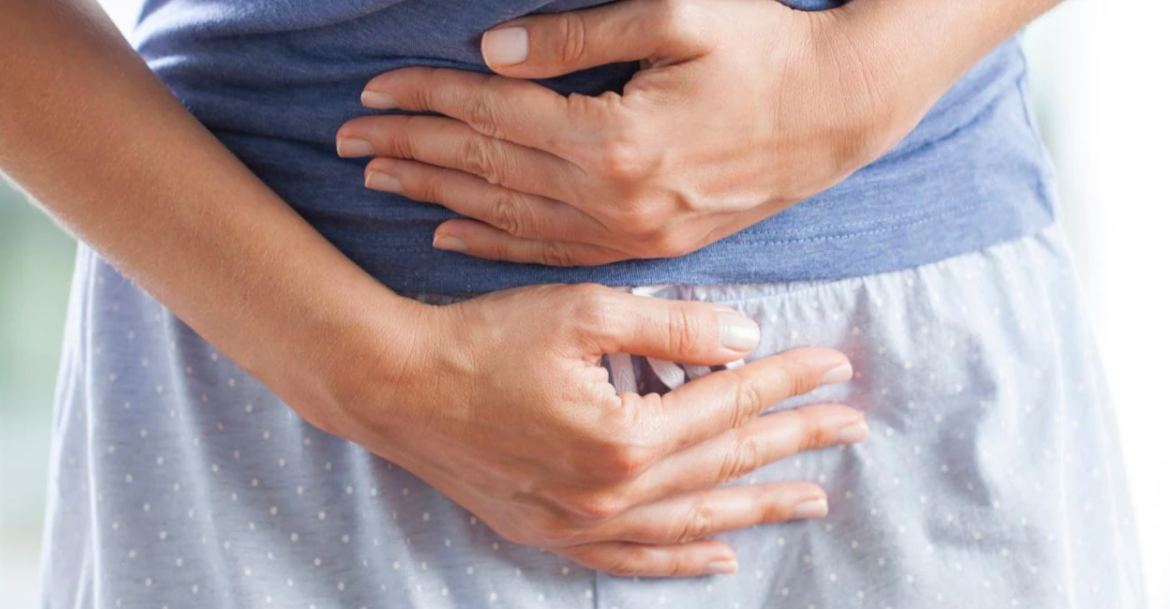Uterine Fibroids – Symptoms and Treatments
Have you come across a term called uterine fibroids? The answer could mostly be yes, considering that a majority of women get these fibroids at some point in their lives. Yet, many of them never know about it since they do not often witness any uterine fibroids symptoms and doctors may chance upon them by accident during any other test. These fibroids are not cancerous and are uterus growths which are often seen during what doctors call childbearing years for women. Also, read about the causes and symptoms of female infertility.
They are also known as leiomyomas and myomas and are not linked to any higher risks of uterine cancer as per medical experts and reports. Their sizes may vary, including smaller seedlings which cannot be seen by our eyes to bulkier shapes which may lead to the enlargement or distortion of the uterus as well. You may also get a single uterine fibroid or multiple fibroids. Based on the findings of experts, they may go up to even 8 inches in terms of their overall diameter. Remember that the symptoms that you face may not always be the same as any other individual.
Risk Factors for Uterine Fibroids
There are many factors that may increase the risks of fibroid development. Some of them include the following:
- Higher body weight and obesity. If any individual weighs around 20% more than healthy body weight levels, then he or she may be considered obese in this case.
- Not giving birth to children.
- Family history of fibroids developing in women.
- Early menstruation commencement or getting periods at a relatively younger age.
- Entering menopause at a very late age.
These are some of the main risks that could lead to the growth of uterine fibroids. There are some other causes too, which you will learn about below.
Uterine Fibroids Symptoms
There are many signs of uterine fibroids that you should watch out for. While many women do not witness any symptoms, some have the following:
- Menstrual periods exceeding more than one week.
- Heavy bleeding during periods.
- Any pain or pressure in the pelvic region.
- Urinating frequently.
- Constipation.
- Pain in the legs or backaches.
Fibroids sometimes cause severe pain when they grow beyond their supply of blood and start dying. They are usually classed according to their locations into intramural, submucosal and subserosal varieties. You should instantly consult your doctor when the following things occur:
- Pelvic pain that refuses to stop.
- Bleeding or spotting in between your periods.
- Extremely painful, long and excruciating periods.
- Problems in fully emptying your bladder.
- Sudden anaemia.
Causes of Uterine Fibroids
Some reasons could be the following:
- Some fibroids may have genetic changes which vary from changes in regular cells of the uterine muscles.
- Progesterone or estrogen, the hormones linked to the uterine lining and its development in menstrual cycles, may cause fibroid development.
- Elements fostering body tissue maintenance may also lead to fibroid growth.
- ECM (Extracellular matrix) is a material enabling cells to stick to each other. It often leads to fibroids.
- Medical experts often feel that these fibroids may grow from stem cells in uterine muscular tissues. Single cells keep dividing frequently, leading to a rubbery yet firm mass.
Uterine Fibroids Treatments
There are limited uterine fibroids treatment options as per medical professionals. While preventing them altogether may be impossible, a smaller portion will require treatment as per studies. Women can start changing their lifestyles, taking the initiative to maintain a healthy body weight along with consuming more vegetables and fruits for lowering the risks of fibroids. They may also use hormonal contraceptives in consultation with doctors for lowering these risks.
Doctors often ask for these tests before the treatment process:
- Laboratory tests like CBC.
- Ultrasound.
- MRI.
- Hysterosalpingography.
- Hysterosonography.
- Hysteroscopy.
Women may require medication and treatments including the following:
- IUD for lowering bleeding.
- GnRH (Gonadotropin-releasing hormone agonists) for treatment through progesterone and estrogen-blocking.
- Tranexamic acid for easing heavier periods. It is only consumed on days of heavy bleeding.
- Added medications including oral contraceptives and NSAIDs (non-steroidal anti-inflammatory drugs). Get your medication from the most trusted 24×7 pharmacy in Australia.
- Iron and vitamin supplements in case of anaemia and sizable bleeding.
- Non-invasive procedures for fibroids to preserve the uterus without incisions.
- During the MRI, when fibroid location is found, the ultrasound transducer will deploy sound waves for heating and destruction of smaller fibroid tissue zones.
- Uterine artery embolization, laparoscopic/robotic myomectomy, radiofrequency ablation, endometrial ablation and hysteroscopic myomectomy (minimally invasive treatments).
- Traditional surgical procedures such as hysterectomy for uterus removal in some cases and even an abdominal myomectomy. The former means that women will be unable to have children after the procedure.
This is a basic guide to uterine fibroids, their causes, symptoms and treatment options.
Reference Links:
https://www.mayoclinic.org/diseases-conditions/uterine-fibroids/diagnosis-treatment/drc-20354294
https://www.mayoclinic.org/diseases-conditions/uterine-fibroids/symptoms-causes/syc-20354288
https://my.clevelandclinic.org/health/diseases/9130-uterine-fibroids



